4.3 - Fundamentals of Biomechanics
1/41
There's no tags or description
Looks like no tags are added yet.
Name | Mastery | Learn | Test | Matching | Spaced |
|---|
No study sessions yet.
42 Terms
acceleration
the rate of change in velocity (m/s²)
displacement
the distance moved in a specified direction (m)
vectors
these represent both magnitude and direction
scalars
these represent magnitude only
speed
rate of change of distance moved with change in time (m/s)
velocity
rate of change of distance moved with change in time in a specified direction (m/s)
force
the biomechanical interaction between two objects (N)
momentum
motion of a moving body, measured as a product of its mass x velocity (kg/s)
Newtons first law
states that a body will continue in its state of rest or unfirm motion in a straight line unless acted upon by an external force (law of inertia).
Example of Newton's First Law
A ball rolling down a hill will continue to roll unless friction or another force stops it.
Newtons second law
states that a force applied to a body causes an acceleration or deformation (Force = Mass x Acceleration)
Example of Newton's Second Law
If you use the same force to push a heavy person and light person, the light person will have more acceleration than the heavy person, because the light person has less mass.
Newtons third law
states that for every action there is an equal and opposite reaction (law of reaction).
Example of Newton's Third Law
If you push on starting blocks, it will push back on you as hard as you are pushing on it.
impulse
The amount of time a force is applied for. (N/s)
Force x Time (force-time graph)
= change in momentum
Example of impulse in sport
When a ball is hit by a golf club or a baseball ball, the ball compresses and this increases the impulse, allowing for the momentum to be changed in the opposite direction.
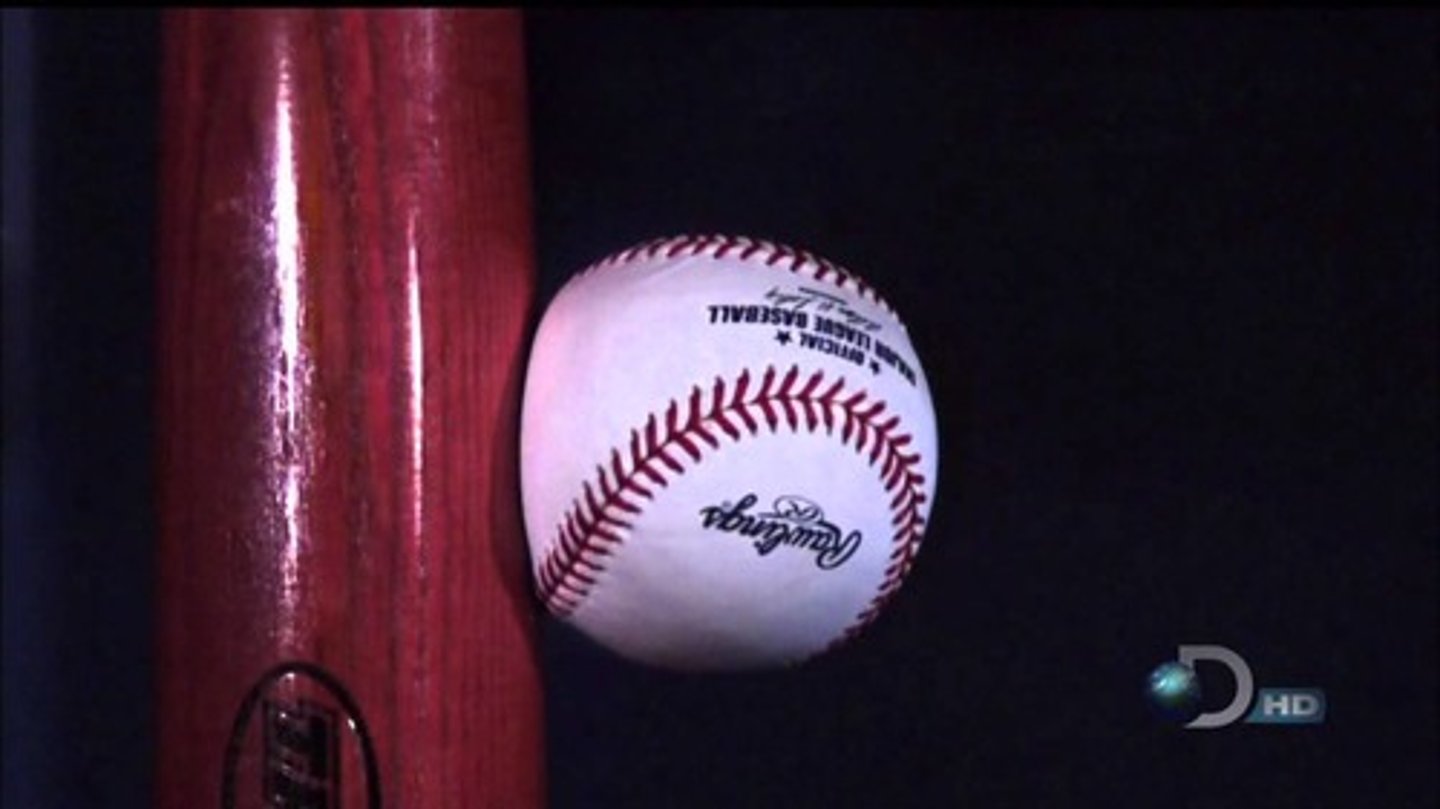
what does a speed-time graph show?
acceleration (change)
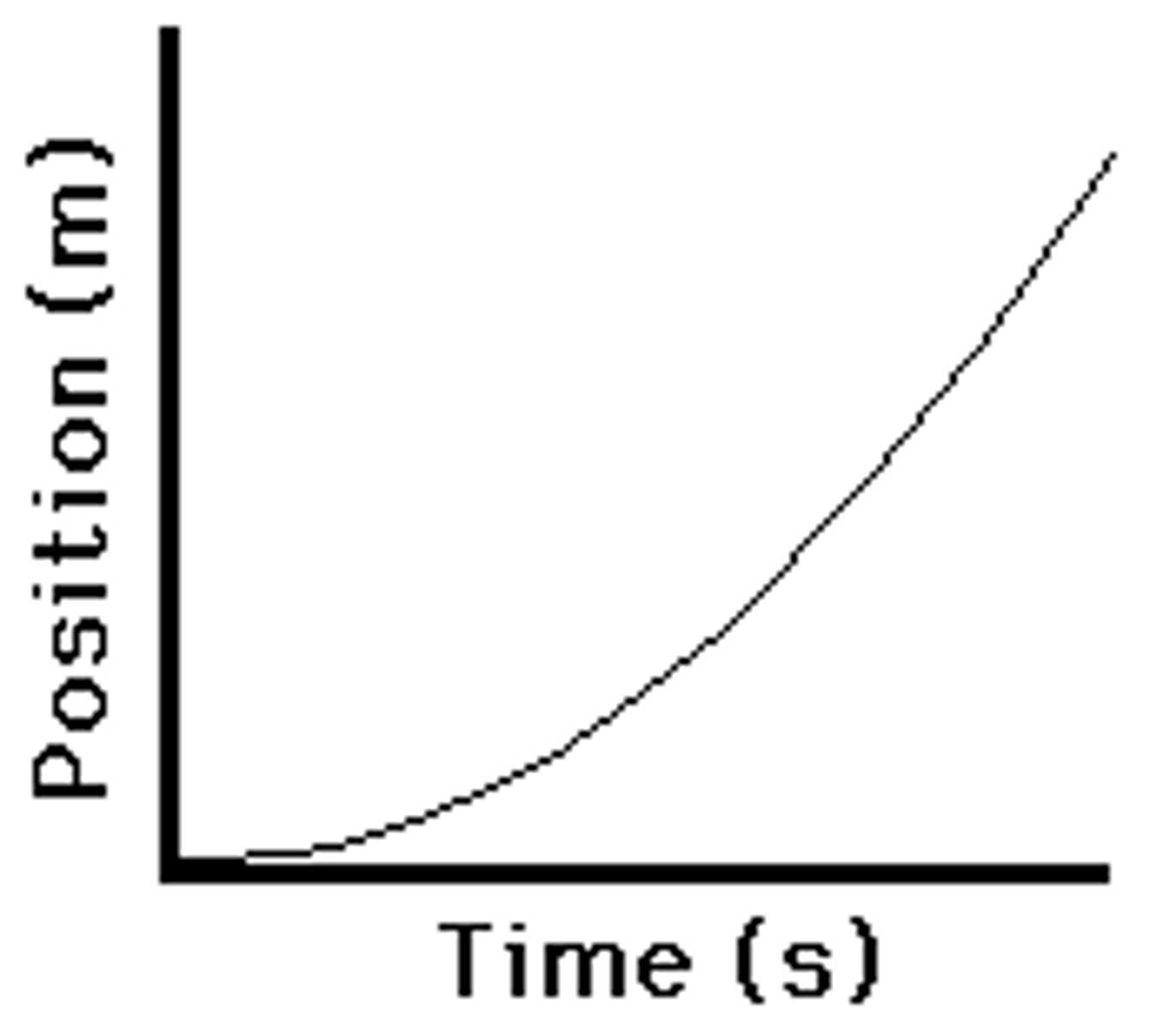
what does a distance time graph show?
speed (change)
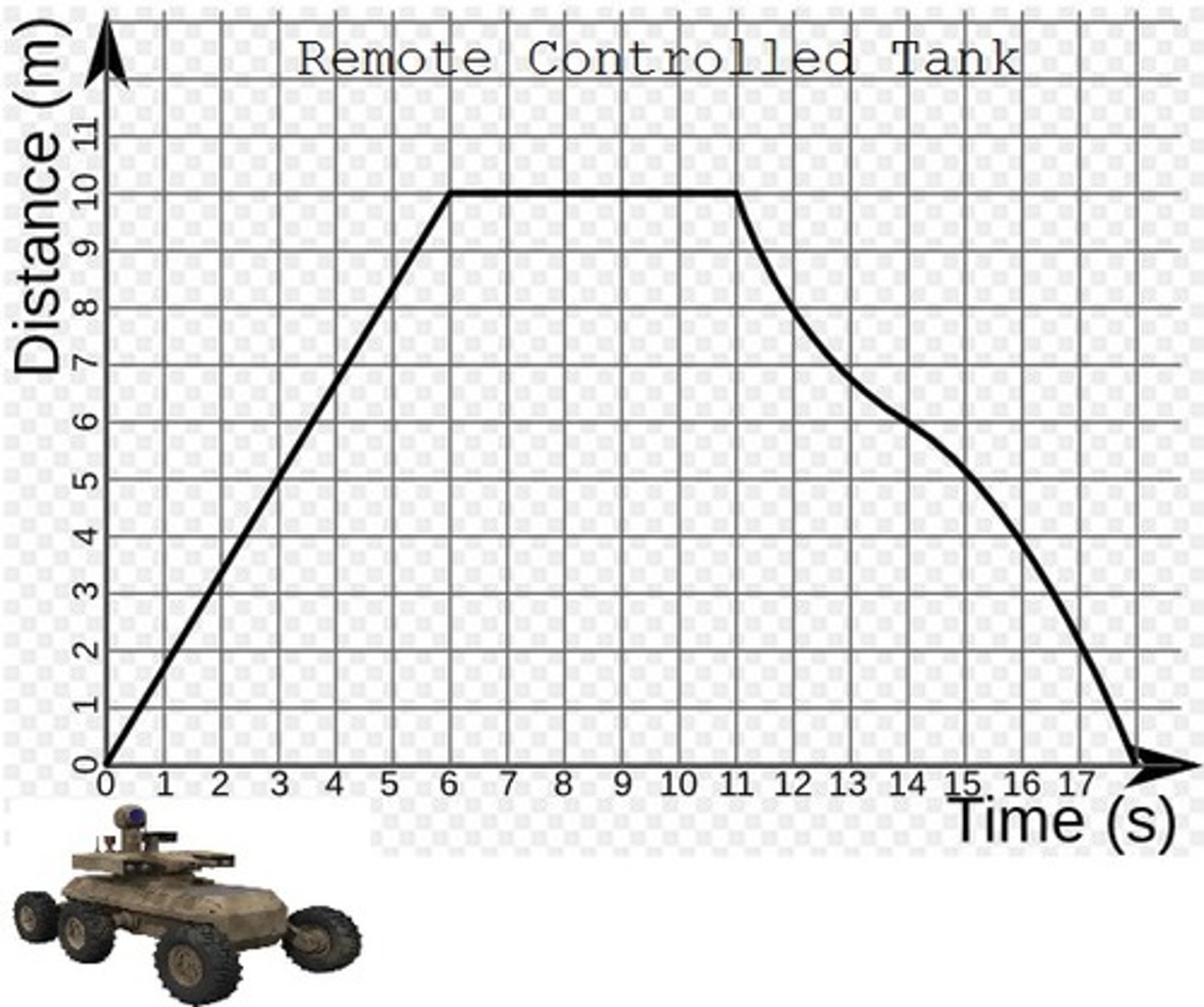
angular momentum =
moment of inertia x angular velocity
These are inversely proportional
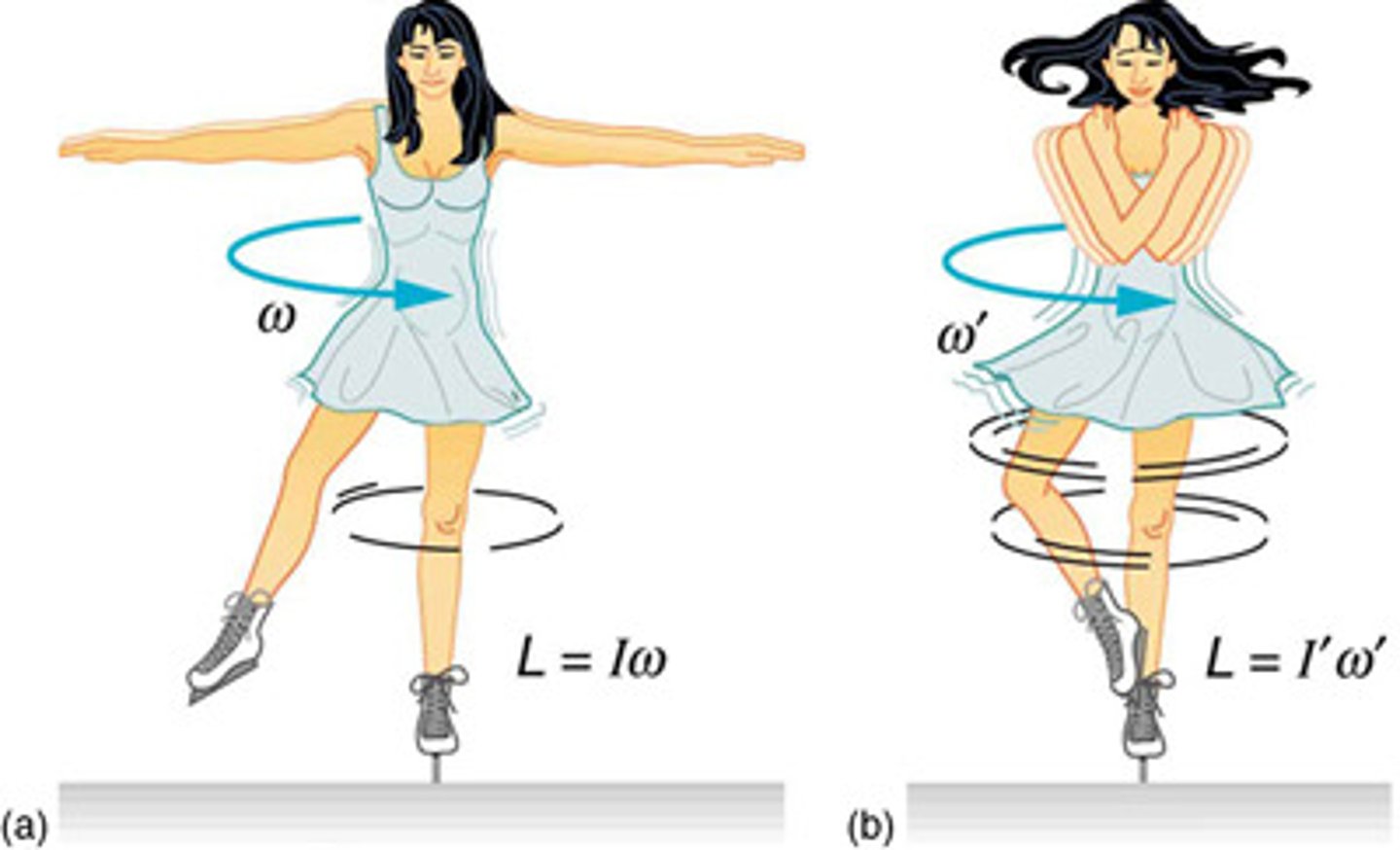
centre of mass
Point at which the mass and weight of an object are balanced in all directions.
example of change centre of mass
Centre of mass ALWAYS moves with the body.
In the high jump the fosbury flop technique allows the centre of mass to move outside of the body enabling the athlete to jump higher as the centre of mass can be located below the bar while the athletes back arches over the bar. During the scissor kick technique the centre of mass remains inside of the body, meaning the athlete is required to move their centre of mass higher in order to clear the same height.

first class lever
FULCRUM in middle, effort and resistance (load) are on opposite sides.
example of first class lever in the body
The head moving - heading ball in football
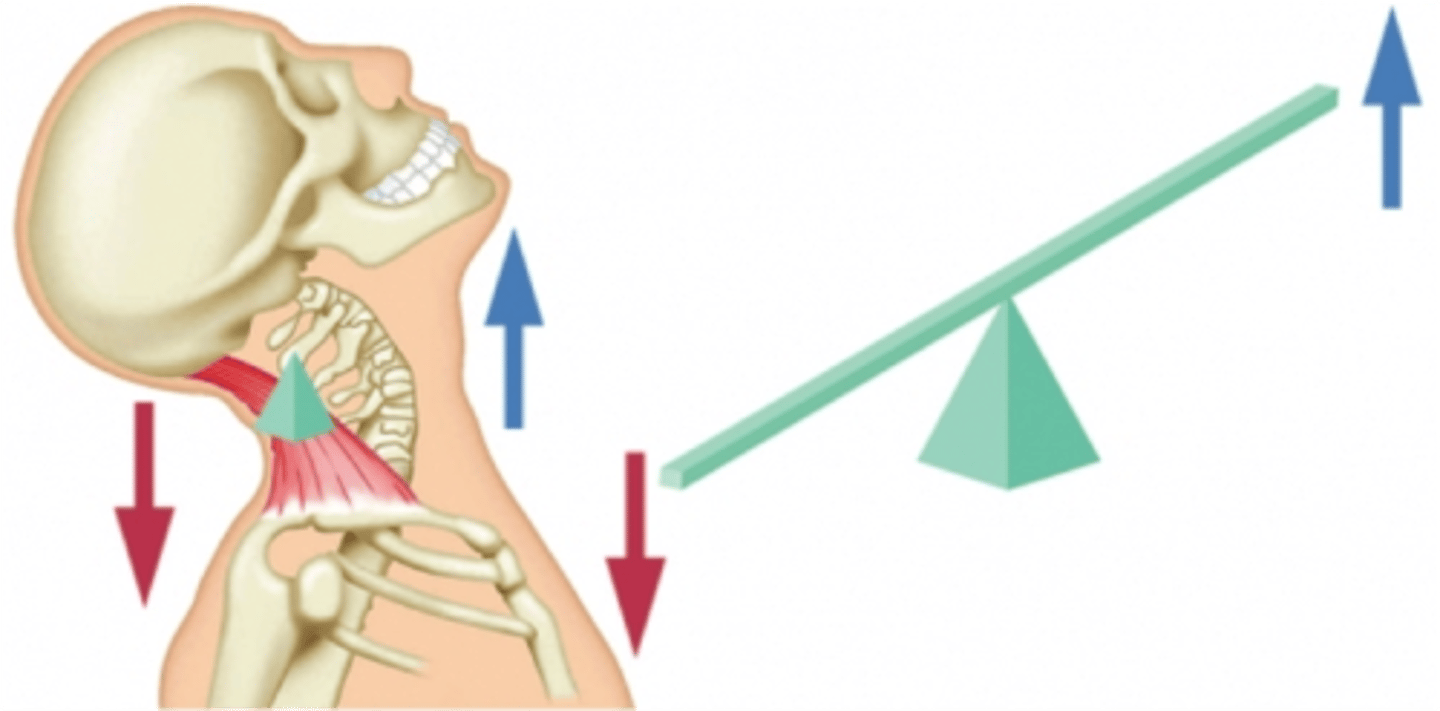
example of second class lever
Standing on tip toes to push off when taking a jump shot in basketball
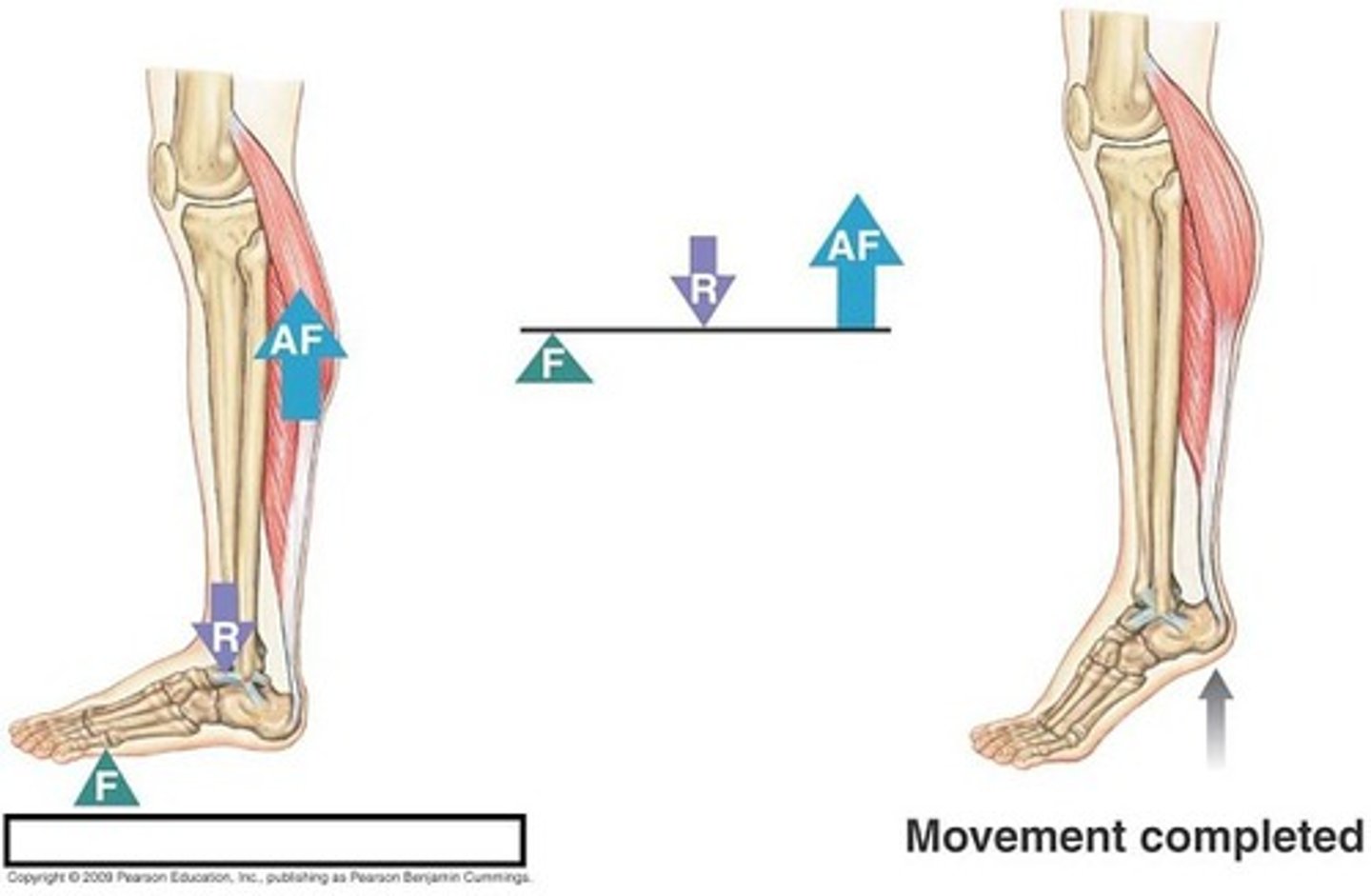
second class lever
RESISTANCE (load) in the middle effort and fulcrum are on opposite sides.
example of third class lever
bicep curl
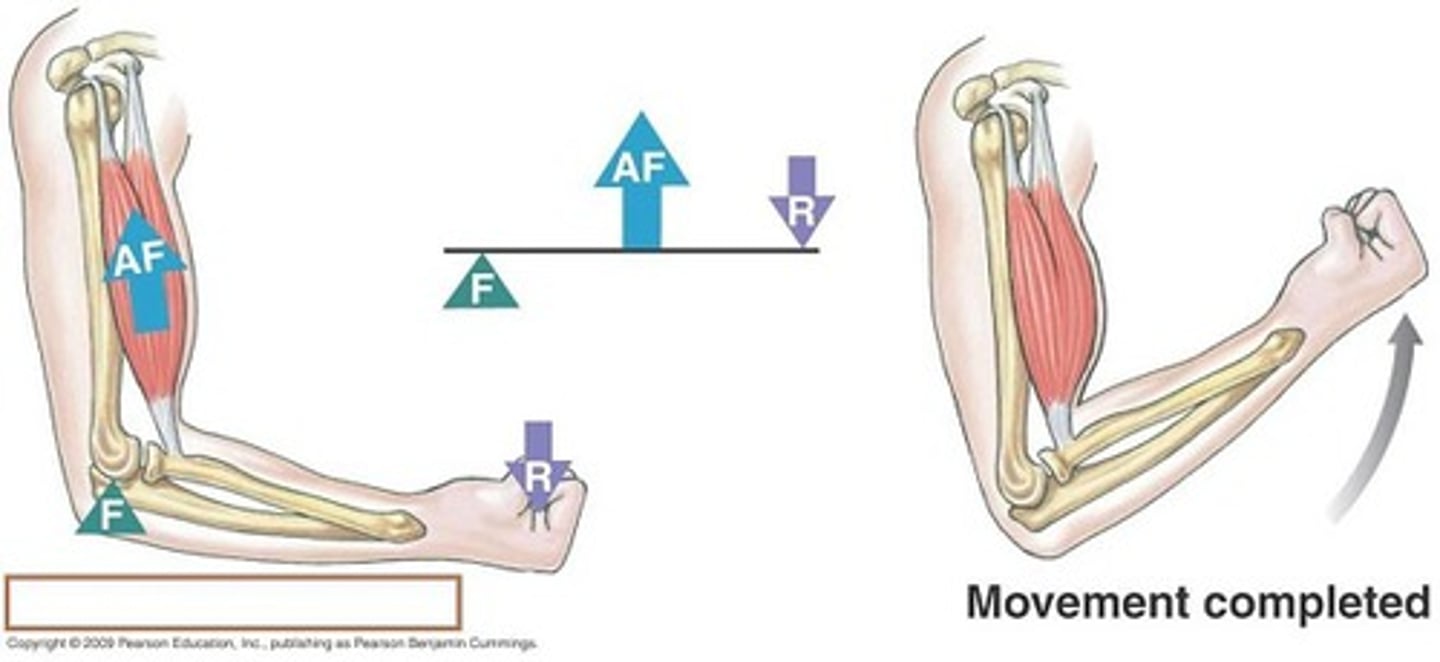
third class lever
EFFORT in the middle, fulcrum and resistance (load) are on opposite sides.
mechanical advantage (distance)
effort arm/load arm
air resistance
gravity, lift and what else are the main forces affecting a projectile after it has been released?
factors that affect projectile motion
angle of release
speed of release
height of release
constant velocity
horizontal line on a velocity time graph
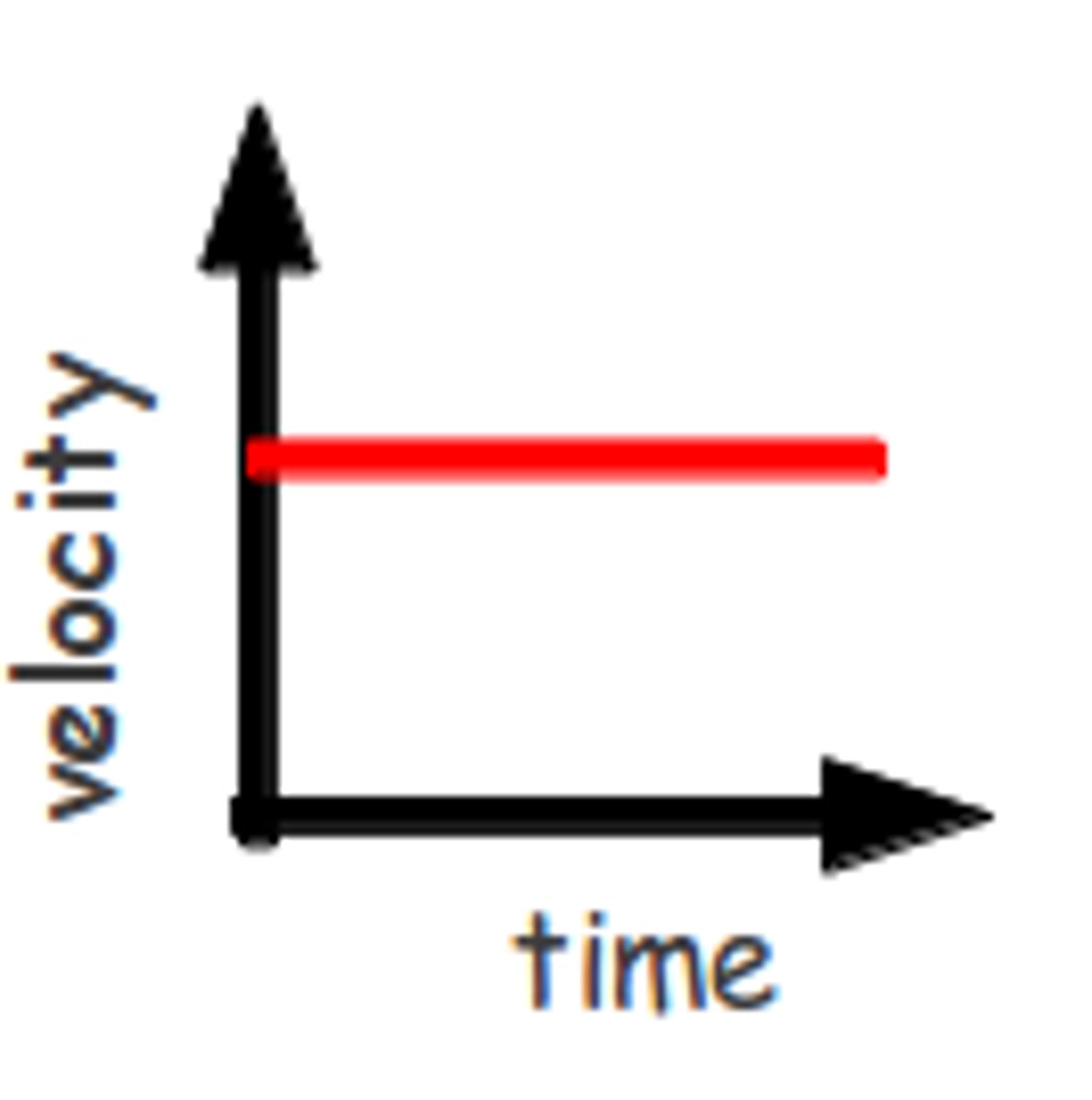
constant acceleration
a straight line at 45 degrees on a velocity-time graph
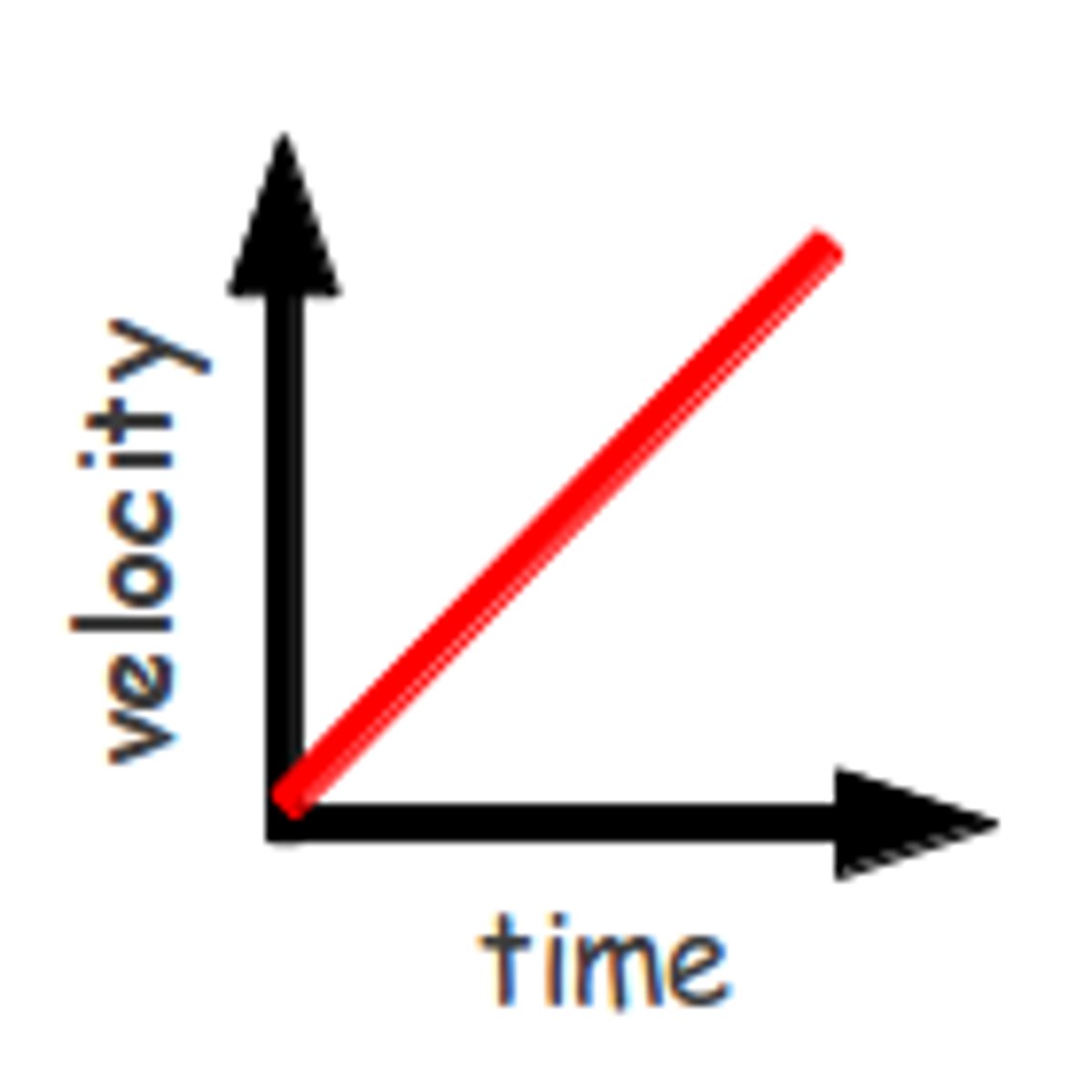
constant speed
a straight line at 45 degrees on a distance-time graph

stationary position
horizontal line on a distance time graph
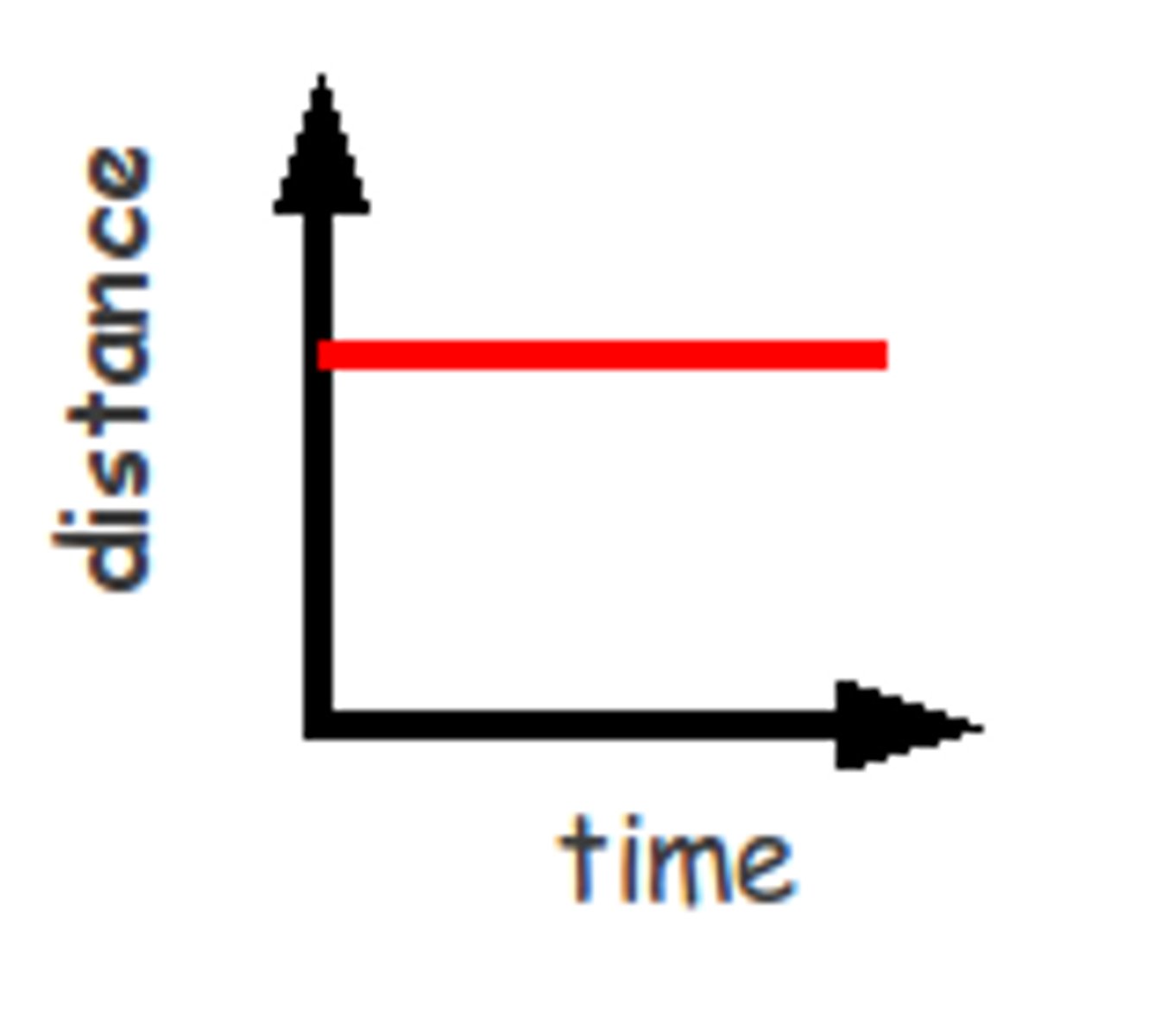
Low pressure
Fast air flow
High pressure
Slow air flow
Bernoulli principle
The relationship between airflow velocity and air pressure is an inverse one and is expressed in this principle, as a ball spins it will move towards the direction of low pressure (Magnus effect)
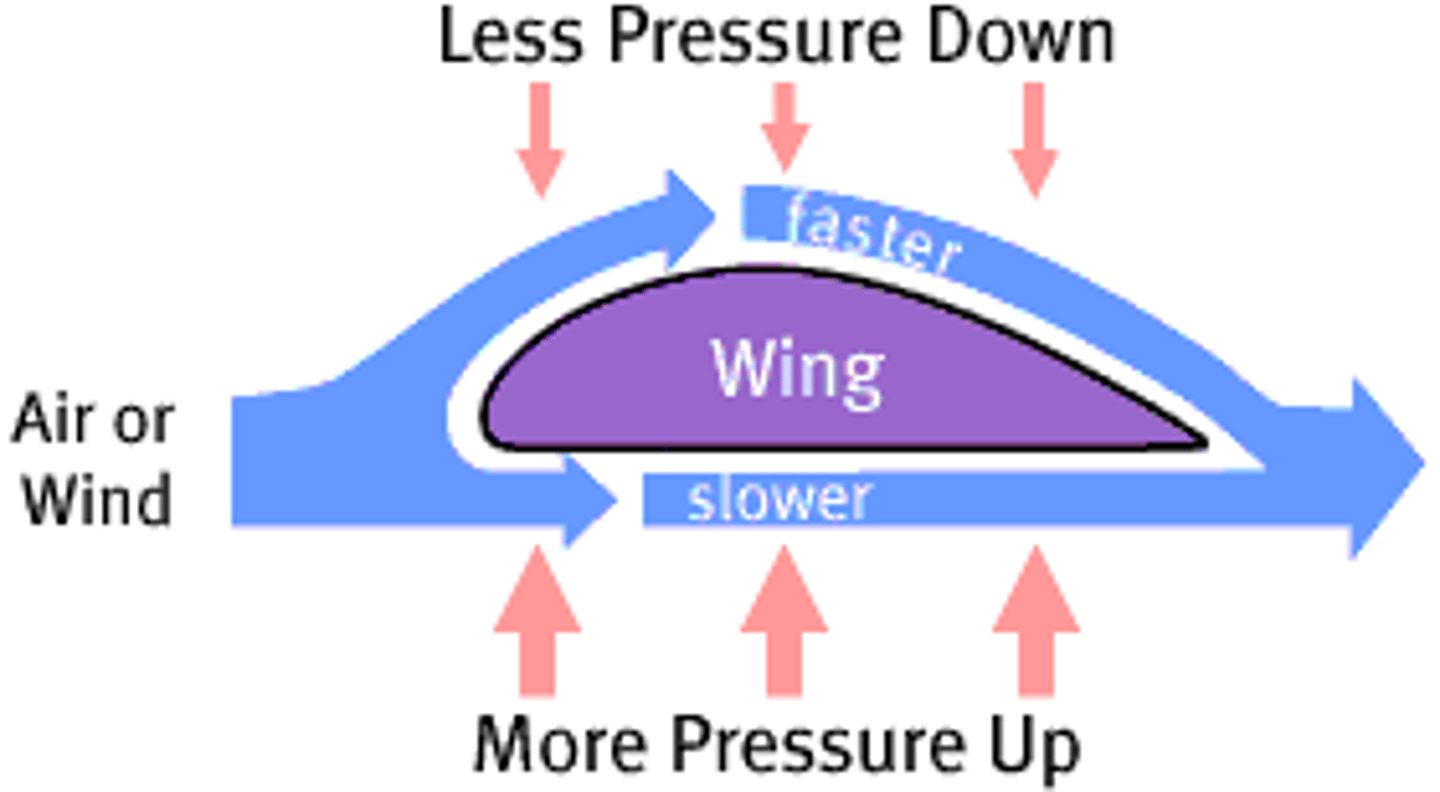
an increase in the moment of inertia would result in
a decrease in the angular velocity with things being equal
an decrease in moment of inertia would result in
an increase in the angular velocity with things being equal
angular velocity
The angular displacement of an object divided by the time needed to make the displacement.
moment of inertia
The resistance to rotation
Example of Bernoulli's Principle
Top spin in tennis, Back spin in golf, Side spin of freekick in football